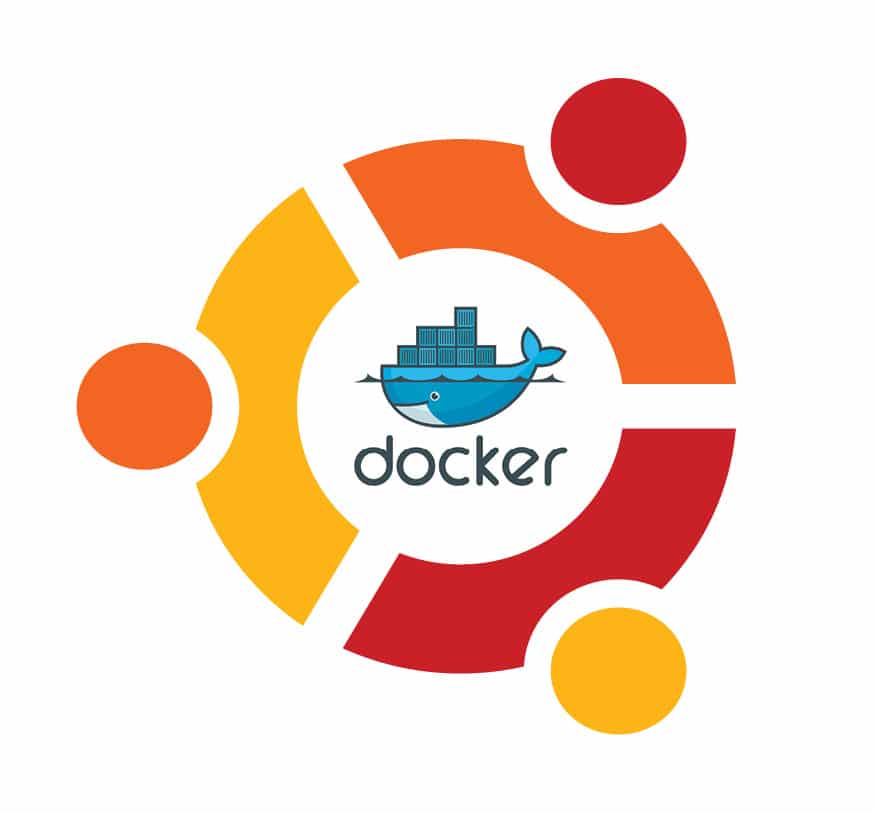The Open Container Initiative (OCI), has launched Distribution Specification project to standardise container image distribution based on the specification for the Docker Registry HTTP API V2 protocol. It supports the pushing and pulling of container images.
The project has a solid, common distribution specification paired with conformance testing. This will ensure interoperability throughout the cloud native and container ecosystem.
“With the booming development in container and cloud native technologies, the community needs a reliable industry standard for distribution to allow for increased interoperability along with a neutral home to evolve the specification,” said Chris Aniszczyk, Executive Director of OCI.
OCI contributors and maintainers have been hard at work to collaboratively drive the adoption of specifications for the container standards community. They will start the journey for container distribution.
The release of this project is the result of extensive work from key maintainers Derek McGowan, Stephen Day and Vincent Batts, with backing from more than hundreds of OCI contributors and organisations committed to container standardisation.
OCI is an open source community for creating open standards around containers. Now that the OCI image and run time specifications have reached v1.0, it is time to collaborate on developing the OCI specification for distributing those images.
Commenting on community collaboration, “We at AWS are excited to participate actively in these discussions to represent our customers,” said Deepak Singh, Director, Compute Services, AWS.
Technology giants such as Amazon Web Service, Huawei, IBM and SUSE and Microsoft are happy to see the community working together to define a container image distribution standard.
With the Distribution Specification project, the aim is to keep what works today working, while planning to make it easier for container-native deployments in the future. The OCI distribution specification demonstrates a new level of maturity in the container ecosystem, and will help ensure interoperability and protect customers’ technology investments. Read more…
















































































